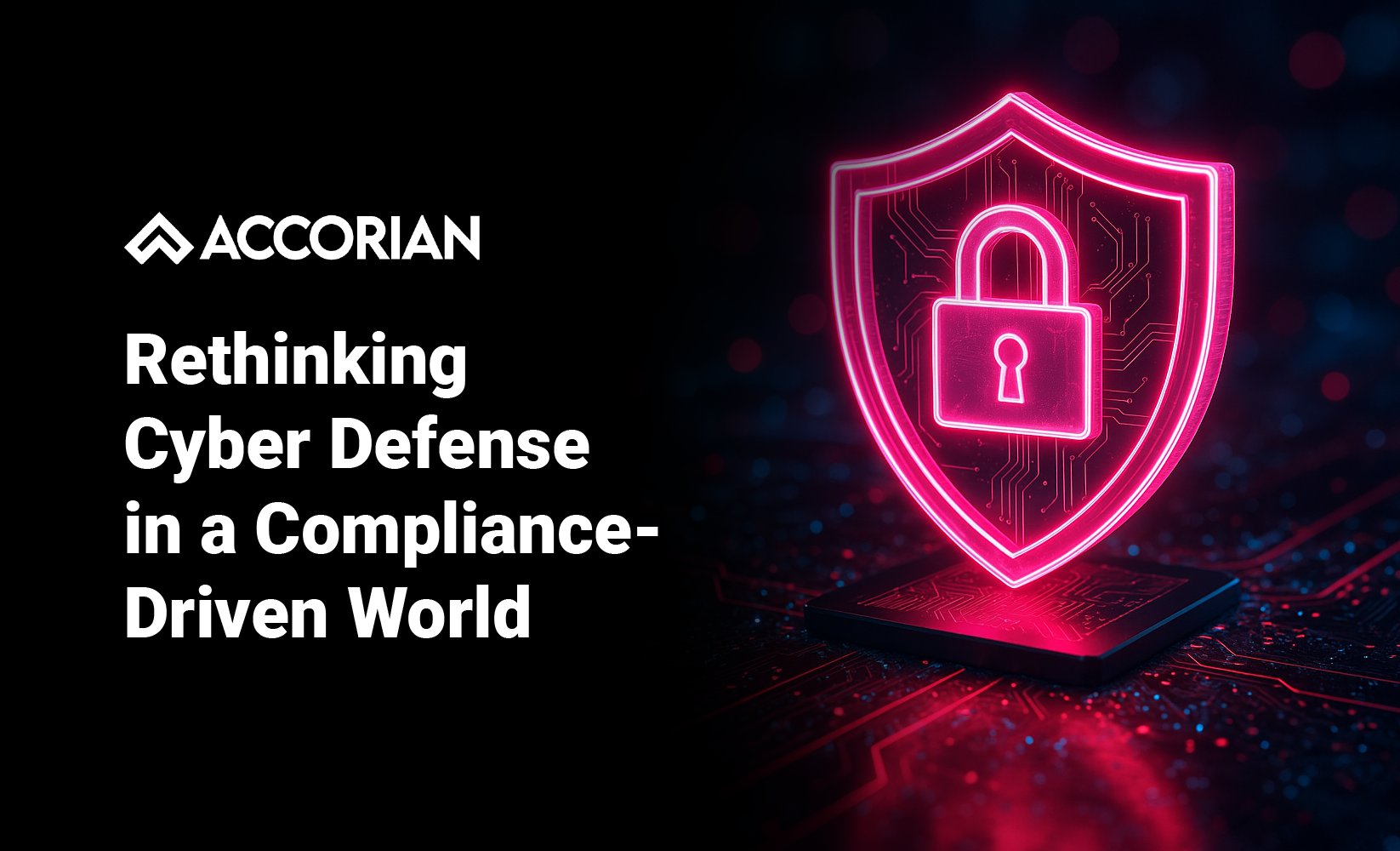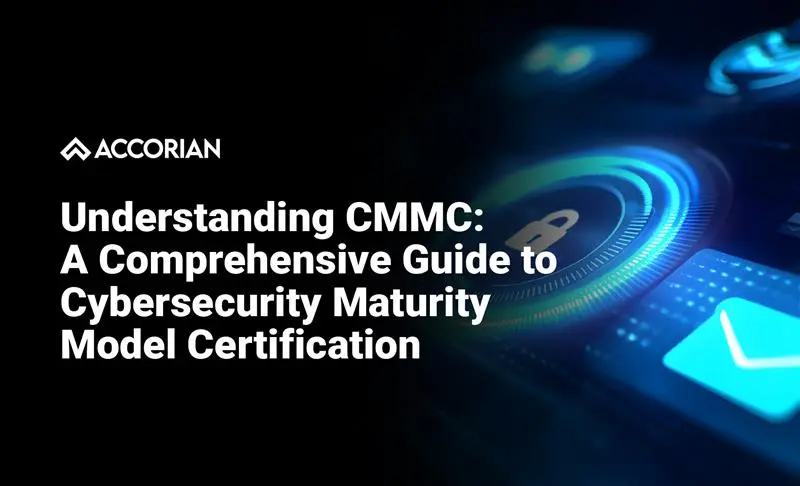The False Sense of Safety
In an era of escalating cyber threats, regulatory compliance has become a cornerstone of enterprise risk management. From HIPAA and GDPR to ISO 27001 and PCI-DSS, organizations are racing to meet standards and pass audits. But here’s the hard truth: compliance is not security.
While compliance frameworks are essential for governance and legal accountability, they are not designed to prevent breaches. They intend to demonstrate that minimum controls are in place. And in 2025, minimum is no longer enough.
Cybercriminals don’t care if your SOC 2 audit passed. They care about your vulnerabilities, and they’re exploiting them faster than ever.
The Compliance Trap: Why It’s Not Enough
Many organizations view compliance as a key component of their cybersecurity strategy. They build policies, check boxes, and pass audits, only to suffer breaches months later. Why?
Because compliance is static, while threats are dynamic.
Compliance vs. Security: A Strategic Misalignment
| Dimension | Compliance | Security |
|---|---|---|
| Objective | Meet regulatory requirements | Protect digital assets and operations |
| Approach | Checklist-driven | Risk-driven and adaptive |
| Frequency | Periodic (annual, quarterly) | Continuous monitoring and response |
| Focus | Documentation and controls | Threat detection, prevention, and response |
| Outcome | Audit pass | Breach prevention and resilience |
Real-World Consequences: Breaches Despite Compliance
The data is clear; compliance alone doesn’t stop attacks.
- Cyberattacks on the healthcare sector surged 86% globally in 2024, despite widespread HIPAA compliance.
- 50% of organizations faced at least one compliance issue in the past three years, and 31% experienced multiple.
- 77% of IT security professionals report an uptick in attempted network intrusions in 2025.
- Cybercrime is projected to cost the global economy $10.5 trillion annually by 2025.
- The rapid expansion of GenAI has driven a 1,265% surge in phishing attacks, many of which bypass traditional compliance controls.
These numbers reveal a dangerous disconnect, as organizations may be meeting compliance standards yet still failing to build true cyber resilience.
Why Checkboxes Fail in the Face of Modern Threats
1. Static Controls vs. Evolving Threats
Compliance frameworks often rely on static controls, encryption, access logs, and policy documents. But attackers evolve daily. Static defenses don’t stand a chance against dynamic adversaries using AI, deepfakes, and zero-day exploits.
2. Audit Fatigue
Security teams spend months preparing for audits, diverting resources from real-time threat detection and response. The result? A false sense of security and a delayed reaction to actual breaches.
3. Misaligned Incentives
Compliance focuses on passing audits, not protecting data. This misalignment leads to superficial fixes and overlooked vulnerabilities.
4. Third-Party Blind Spots
Many compliance programs fail to account for third-party risks. Yet, supply chain attacks are among the fastest-growing threats in 2025.
The Shift: From Compliance-Driven to Security-Led
To truly protect your organization, compliance must be the byproduct of a robust security program, not the goal.
What Security-Led Organizations Do Differently:
- Implement Zero Trust Architectures: Trust nothing, verify everything, especially internal traffic and user behavior.
- Invest in Continuous Monitoring: Real-time visibility into endpoints, cloud workloads, and user activity.
- Conduct Regular Penetration Testing: Go beyond vulnerability scans. Simulate real-world attacks to uncover blind spots.
- Build Incident Response Playbooks: Prepare for breaches with clear escalation paths, forensic capabilities, and recovery protocols.
- Educate Employees Beyond Compliance: Train teams to recognize phishing, social engineering, and deepfake threats, not just policy language.
How Accorian Bridges the Gap
At Accorian, we help organizations move beyond checkbox compliance to build security-first cultures. Our services are designed to align regulatory requirements with real-world defense strategies:
- Security Assessments and Gap Analysis: We conduct comprehensive evaluations to identify where compliance efforts end and real security risks begin, then work with your team to close those gaps effectively.
- Penetration Testing and Red Teaming: Our experts simulate adversarial tactics to uncover hidden vulnerabilities, helping you strengthen your defenses before attackers can exploit them.
- Governance, Risk, and Compliance (GRC) Advisory: We align your organization’s security posture with evolving regulatory requirements, ensuring agility without compromising compliance or resilience.
- Security Awareness and Training Programs: We empower your teams with the knowledge and skills to think like defenders, going beyond policy adherence to build a proactive security culture.
- Managed Security Services: From SIEM implementation to advanced threat hunting, we deliver continuous, tailored protection that adapts to your unique environment and risk profile.
Whether you’re in healthcare, fintech, or AI-driven innovation, Accorian equips you to navigate the evolving threat landscape with confidence.
Compliance Is a Milestone, Not the Destination
In 2025, cyber threats are faster, smarter, and more deceptive than ever. Compliance may satisfy regulators, but it won’t stop ransomware, insider threats, or AI-powered attacks. Security is not a checkbox; it’s a mindset. Let Accorian help you build a security program that goes beyond audits and protects what matters most.



